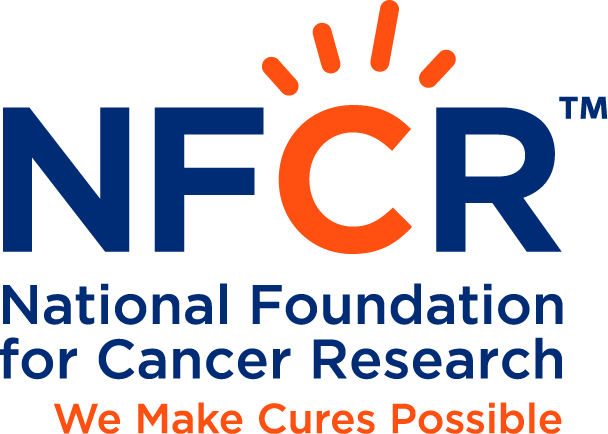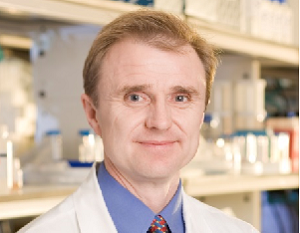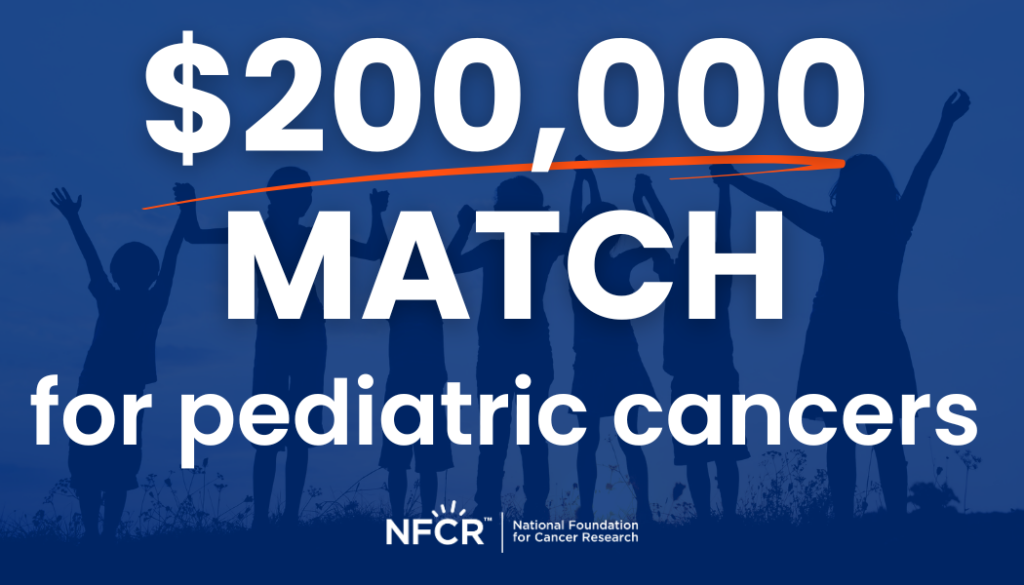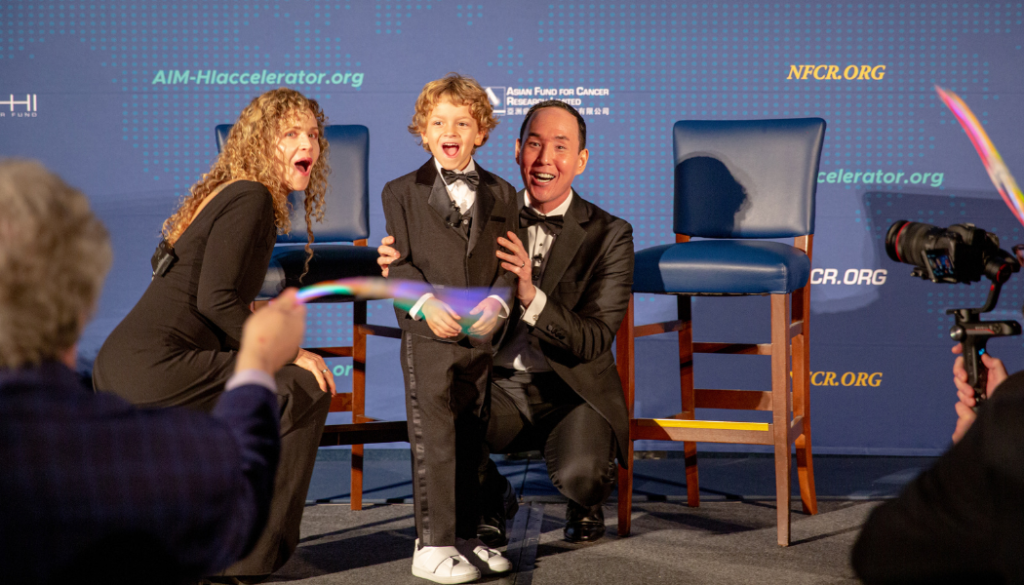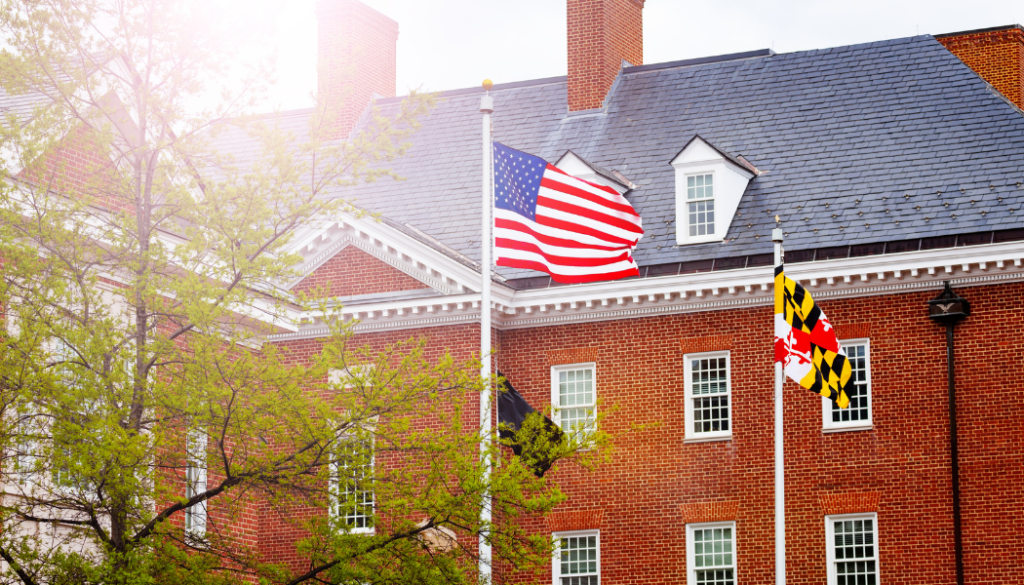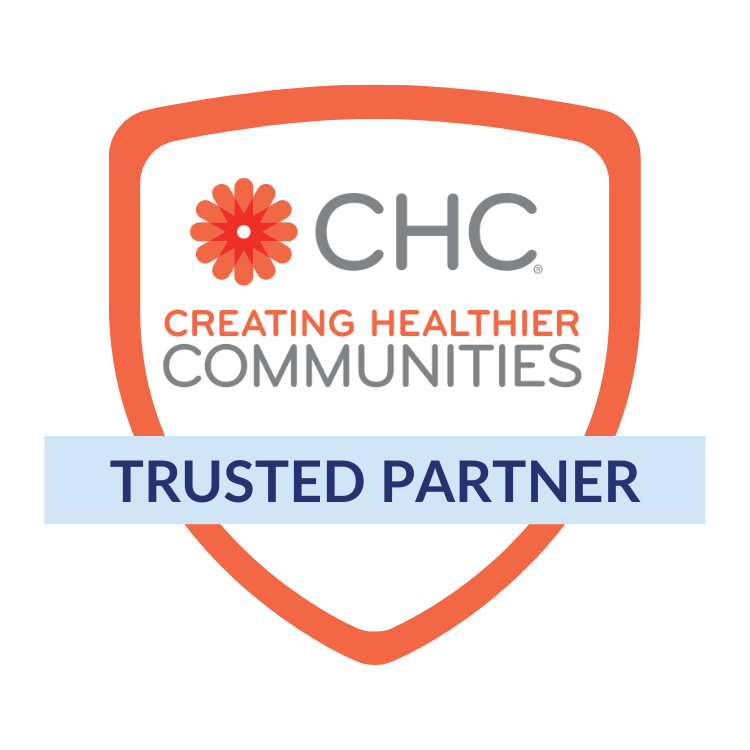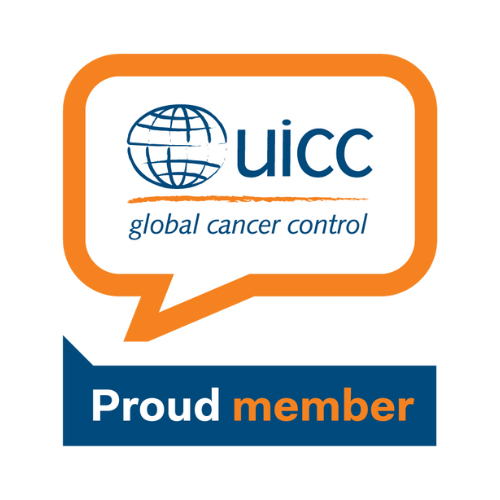Childhood Cancer
There are dozens of cancers and numerous subtypes that strike children of ages 0 -14 years. Childhood cancers are often different than adult cancers as their cancers are not linked strongly to risk factors related to lifestyle or the environment. In the US, cancer is the leading cause of death by disease in children.
Key Facts
- An estimated 9,910 new cancer cases will be diagnosed in the U.S. in 2023. Statistics in 2020 indicated one in 389 children will be diagnosed with cancer by age 15.
- About 1,040 children under the age of 15 are expected to die from cancer this year.
- Leukemias make up 28% of all childhood cancers; Brain and other central nervous system tumors 26%; Neuroblastoma 6%; Wilms tumor (kidney cancer) 5%; Non-Hodgkin lymphoma 5%; Hodgkin lymphoma 3%; Rhabdomyosarcoma (soft tissue) 3%; Retinoblastoma (eye cancer) 2%; Osteosarcoma (bone) 2%; and Ewing Sarcoma (bone) 1%.
- In the 1970’s, the 5-year survival for children with cancer was 58%. Due to treatment advances, 85% of children with cancer now survive 5 years. Still, survival rates can vary greatly depending on the cancer type among other factors.
- There is high demand for development of treatments for childhood cancer rather than using treatments developed for adults. Even those who are cured may suffer long-term side effects as a result of the cancer treatments they received. Children who were treated for cancer are twice as likely to suffer chronic health conditions later in life versus children without a history of cancer.
Source: American Cancer Society’s Cancer Facts & Figures 2020 and 2023
Signs and Symptoms
A symptom is a change in the body that a person can see and/or feel. A sign is a change that the doctor sees during an examination or on a laboratory test result. If your child has any of the symptoms below, it does not mean he or she has cancer. But it is important to have your child checked by a doctor if they have unusual symptoms that do not go away so that the cause can be found and treated, if needed.
- An unusual lump or swelling
- Unexplained paleness and loss of energy
- Easy bruising or bleeding
- An ongoing pain in one area of the body
- Limping
- Unexplained fever or illness that doesn’t go away
- Frequent headaches, often with vomiting
- Sudden eye or vision changes
- Sudden unexplained weight loss
Source: American Cancer Society
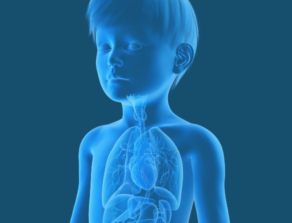
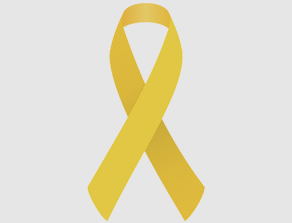
Childhood Cancer Awareness Month is recognized in September. To help accelerate cures please make a gift today.

